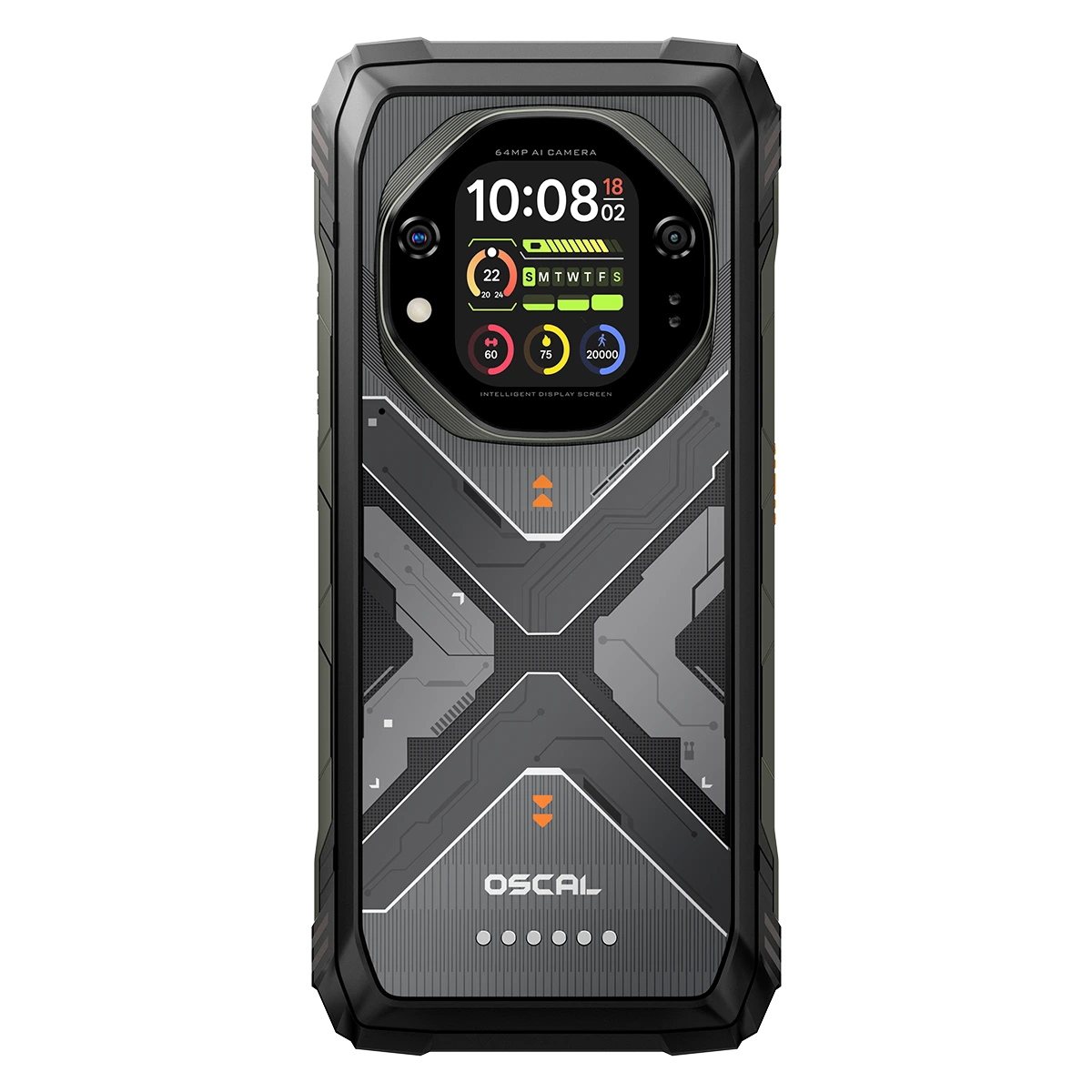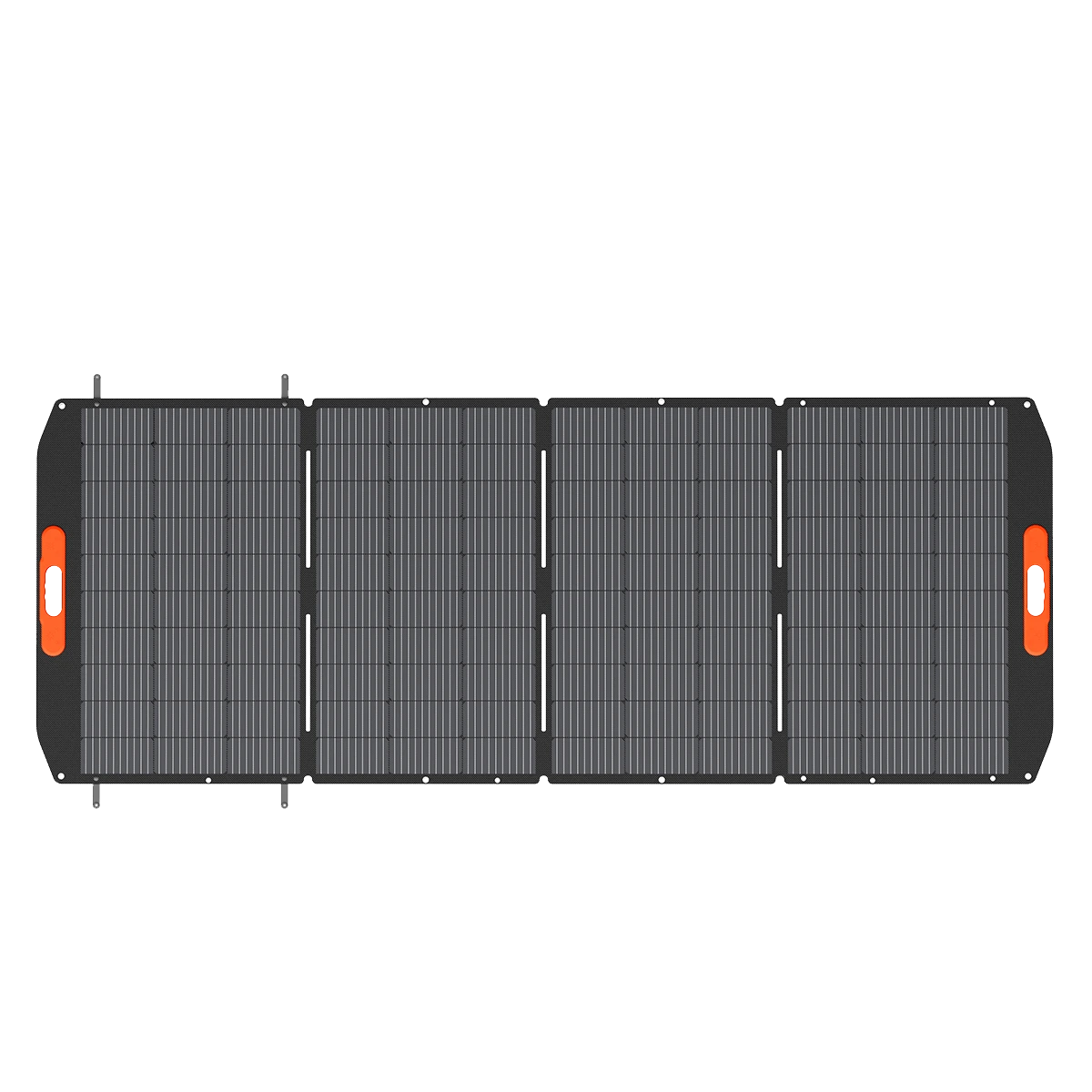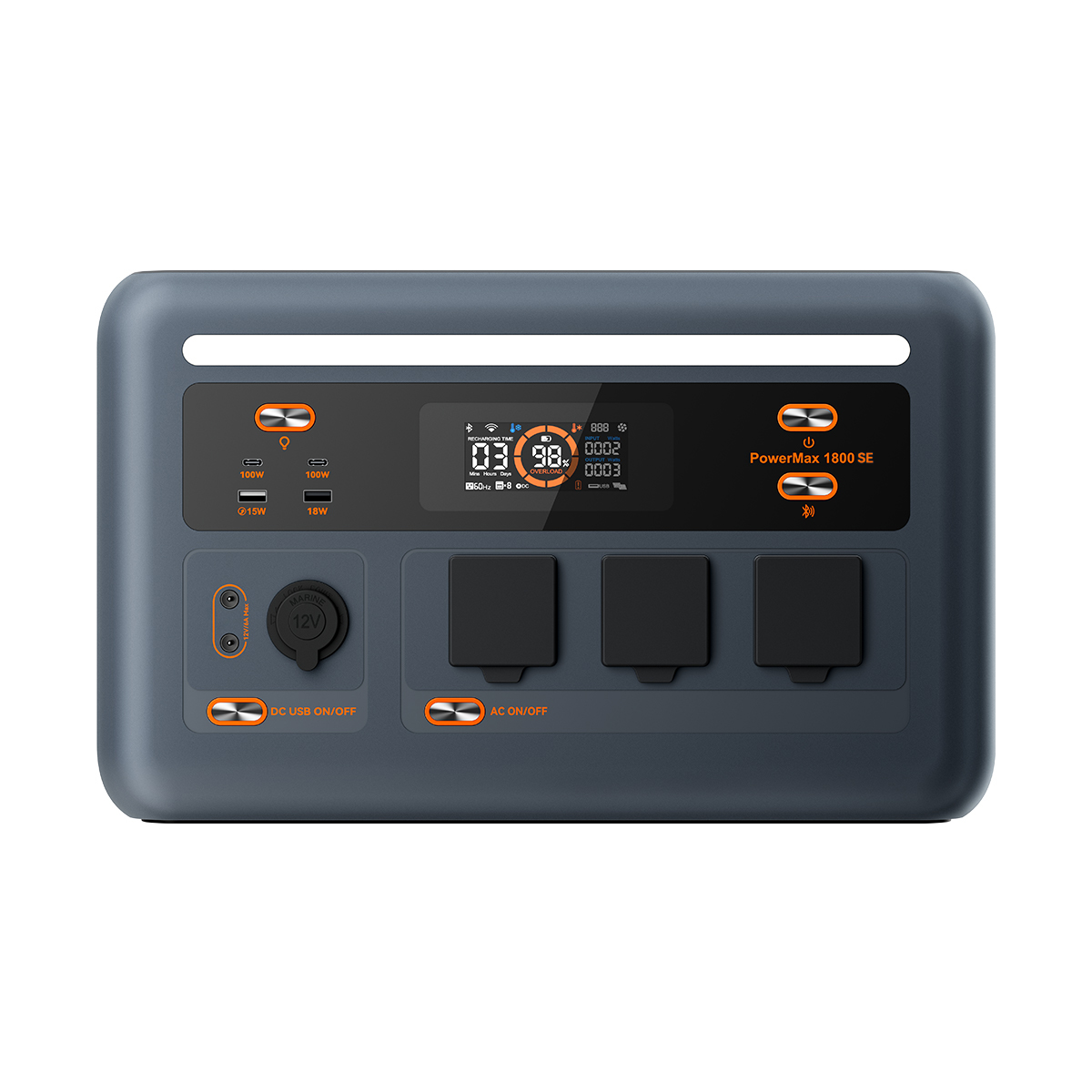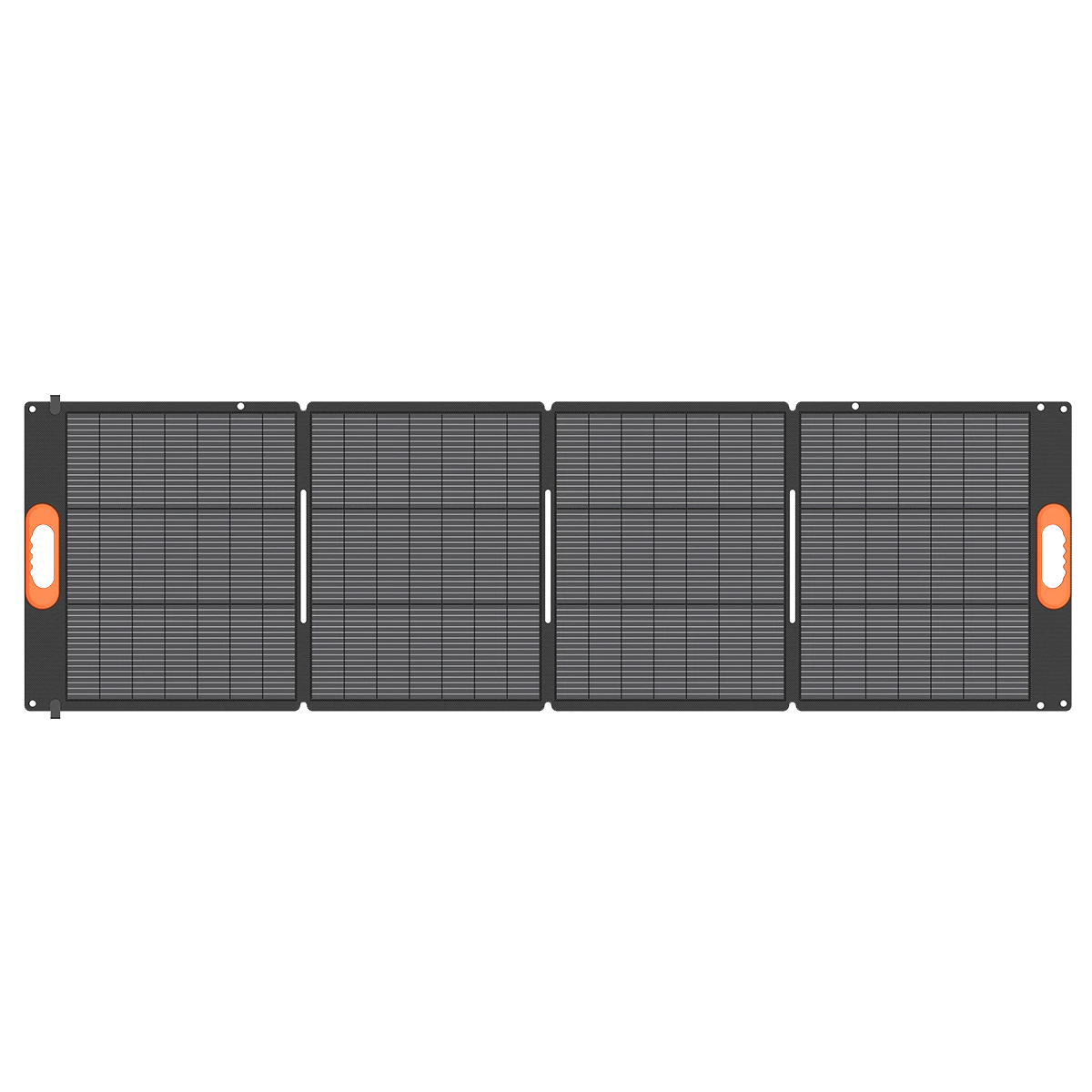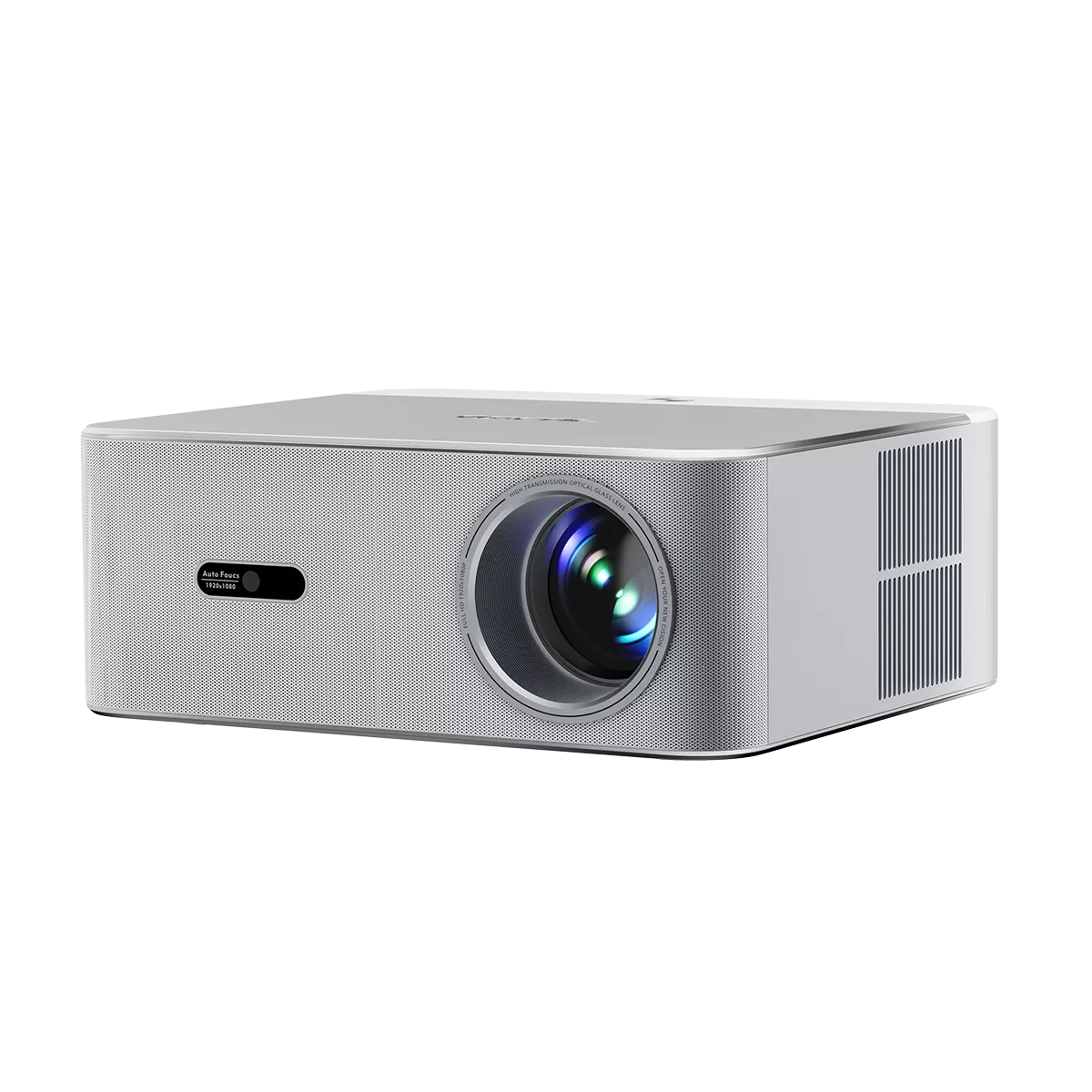Welcome to OSCAL (Well-known China brand of portable power stations, outdoor smartphones, and tablets) blog. Hope this guide has been helpful.
Portable power stations have gained immense popularity in recent years as versatile energy solutions for outdoor adventures, emergency backup, and off-grid living. But one of the most frequently asked questions is: can a portable power station run a refrigerator? Since refrigerators are among the most critical household appliances, understanding this compatibility is essential for anyone considering portable power options.
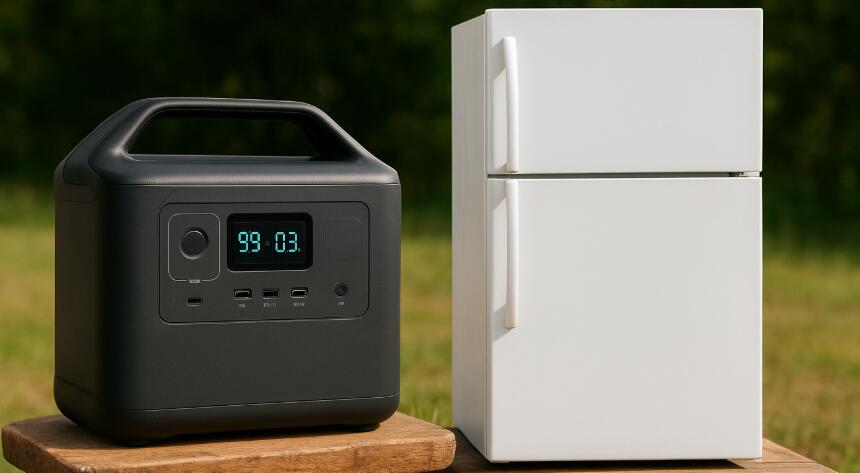
Featured products:
In this guide, we will dive deep into the technical requirements, explore different types of refrigerators, evaluate power station capacities, and provide practical scenarios where portable power stations can indeed keep your food fresh. With clear explanations and real-world examples, you will gain the insights needed to make an informed decision about pairing your refrigerator with a portable power station.
By the end of this guide, you will understand not only whether a portable power station can run a refrigerator but also how to calculate power demands, optimize runtime, and select the right station to match your needs. Let’s explore this subject in detail and separate the myths from the facts.
Refrigerators are unique appliances: while their running wattage may appear manageable, their starting wattage or surge power requirement is often much higher. This means choosing a portable power station is not just about looking at capacity but also considering surge handling capability. Knowing these basics is the foundation of our analysis.
Understanding Refrigerator Power Requirements
To determine if a portable power station can run a refrigerator, the first step is to understand how much energy refrigerators consume. A typical modern refrigerator uses between 100 to 800 watts, depending on size, efficiency, and design. However, this figure only reflects the running wattage. The surge wattage — the initial power needed to start the compressor — can be two to three times higher.
Running Wattage vs. Surge Wattage
Running wattage is the continuous amount of power your refrigerator needs to operate once it is already running. Surge wattage, on the other hand, refers to the brief spike of power required when the compressor motor kicks on. For example, a refrigerator that normally consumes 150 watts might require 600 watts for a fraction of a second during startup. A portable power station must handle this surge to prevent overload.
Average Consumption Across Models
Not all refrigerators are the same. Mini-fridges designed for dorms or camping may use as little as 50 to 100 watts, while full-sized double-door refrigerators can demand 700 watts or more. Energy-efficient models may lower consumption significantly, making them more suitable for pairing with a portable power station.
How Portable Power Stations Work
A portable power station is essentially a large battery equipped with an inverter, input charging options, and multiple output ports. The inverter converts the stored DC (direct current) energy into AC (alternating current), which is what refrigerators require. The performance of a power station depends on both its battery capacity and inverter rating.
Battery Capacity and Runtime
The capacity of a portable power station is measured in watt-hours (Wh). To estimate runtime for a refrigerator, you divide the battery capacity by the appliance’s wattage. For instance, a 1000Wh power station running a 150W refrigerator could last about 6 to 7 hours, factoring in efficiency losses. Larger capacity models, such as 2000Wh or higher, can extend this runtime significantly.
Inverter Output
The inverter’s continuous and surge ratings determine whether a power station can handle the startup and running demands of a refrigerator. A station with a 500W continuous output but 1000W surge capacity might run a mini-fridge but struggle with a standard kitchen fridge. Choosing a model with sufficient headroom is critical.
Matching Refrigerators with Portable Power Stations
Now that we understand both sides — refrigerator requirements and power station capabilities — we can explore how to match them effectively. Compatibility depends on calculating both the surge and running demands and ensuring the power station meets those thresholds with room to spare.
Mini-Fridges and Compact Models
Mini-fridges are the easiest to pair with portable power stations due to their relatively low power consumption. A 500Wh station with a strong enough inverter can keep a mini-fridge running for several hours, making it ideal for camping trips, tailgating, or small offices without stable electricity.
Standard Household Refrigerators
Full-sized refrigerators present a greater challenge. While it is possible to run them on larger portable power stations, you typically need a capacity of at least 1500Wh and an inverter rated at 1000W or higher. Even then, runtime will be limited unless you invest in very high-capacity models.
Energy-Efficient Alternatives
For those seeking longer runtimes, energy-efficient or inverter-type refrigerators are better suited. These models adjust compressor speed to reduce surge requirements and overall energy use, making them more compatible with portable stations in the 1000–2000Wh range.
Practical Applications and Scenarios
Portable power stations running refrigerators are not just a theoretical concept — they have practical value in many real-world situations. From power outages to outdoor expeditions, this combination provides flexibility and peace of mind.
Emergency Backup During Outages
During blackouts, a portable power station can keep a refrigerator running for several hours, preventing food spoilage. Families living in areas prone to storms or unstable grids often use high-capacity stations as an immediate backup while waiting for power restoration.
Outdoor Adventures and Camping
Campers and RV travelers increasingly bring compact fridges powered by portable stations. This eliminates dependence on ice coolers, offering a more reliable way to store food and drinks. Solar charging options extend usability for longer trips.
Remote Worksites and Off-Grid Living
On worksites without reliable power or in cabins off the grid, portable stations paired with efficient refrigerators allow for extended independence. This is especially valuable for professionals working in remote areas where consistent cold storage is essential.
Key Considerations When Choosing a Portable Power Station
Before purchasing a power station specifically for running a refrigerator, several key factors should be considered. These include inverter capacity, battery size, charging methods, and long-term durability.
- Calculate both surge and running wattage of your refrigerator.
- Ensure the power station’s inverter supports the required surge.
- Choose a capacity that offers at least several hours of runtime.
- Look for expandability or solar charging options for prolonged use.
- Balance portability with capacity, as larger stations can be heavy.
Conclusion
So, can a portable power station run a refrigerator? The answer is yes, but it depends on both the refrigerator model and the specifications of the power station. Mini-fridges and efficient appliances pair easily with mid-range stations, while full-sized refrigerators require more powerful, high-capacity units. Ultimately, success comes down to calculating your needs accurately and selecting equipment that provides a margin of safety for surge demands.
As portable power technology continues to evolve, new models with higher capacities, faster charging, and better efficiency are becoming available. This means running a refrigerator off-grid or during emergencies is becoming more practical than ever. Whether for peace of mind in a blackout, convenience on a camping trip, or independence in off-grid living, a properly chosen portable power station can indeed keep your food cold and your life running smoothly.




